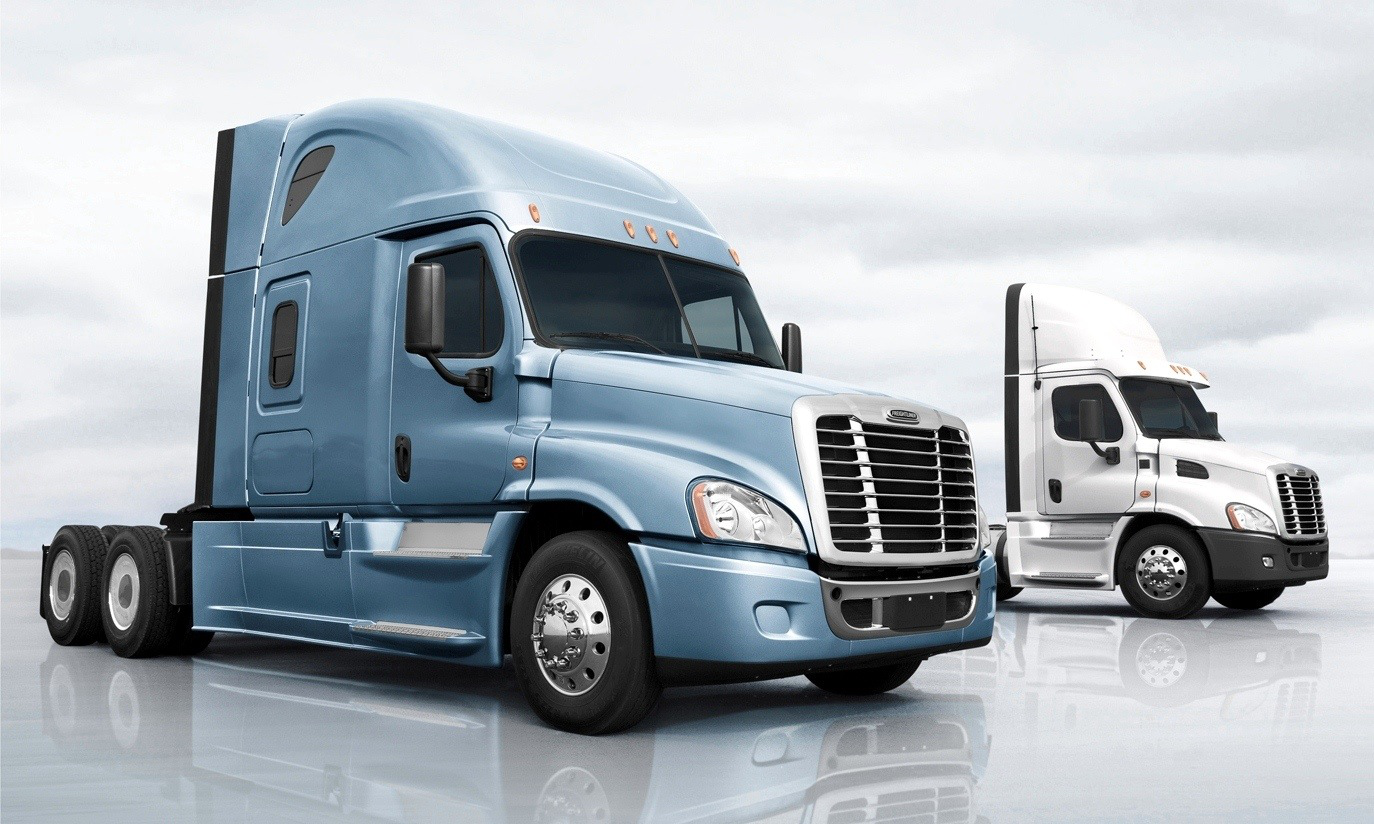IMHO, while I would love to see a Tesla Pick-up, I think Tesla's current move to release the Semi is a better direction. Besides the obvious benefit of reducing diesel use and emissions, it will provide Tesla with street cred.
When the fleets adopt Tesla Semi's because they are better than current Semi's then it would give Tesla a huge boost in the "marketing" aspect of Trucks. This would lead to a much better perception of Tesla as a work vehicle, and smooth the acceptance of a Tesla Pick-up. If Truckers love their Tesla Semi's, then Pick-up owners/buyers will take notice.
Thus, when a Tesla Pick-up does come out, the main issue will be how to set up the pick-up for future off-road capabilities. Which I believe will be an extremely important future direction for Tesla, especially since Mars has no roads.
When the fleets adopt Tesla Semi's because they are better than current Semi's then it would give Tesla a huge boost in the "marketing" aspect of Trucks. This would lead to a much better perception of Tesla as a work vehicle, and smooth the acceptance of a Tesla Pick-up. If Truckers love their Tesla Semi's, then Pick-up owners/buyers will take notice.
Thus, when a Tesla Pick-up does come out, the main issue will be how to set up the pick-up for future off-road capabilities. Which I believe will be an extremely important future direction for Tesla, especially since Mars has no roads.






